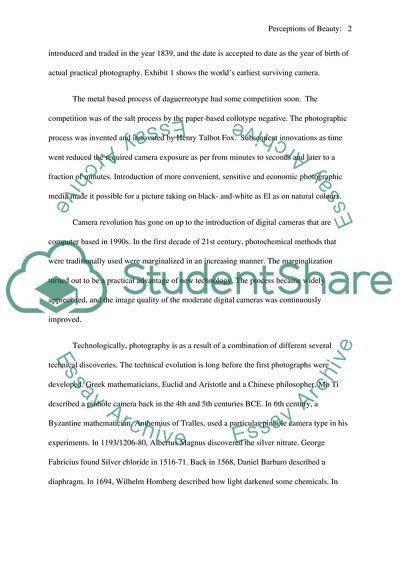Cite this document
(“A Critical Analysis Of the Changing Face of Fashion Essay”, n.d.)
A Critical Analysis Of the Changing Face of Fashion Essay. Retrieved from https://studentshare.org/visual-arts-film-studies/1673228-a-critical-analysis-of-the-changing-face-of-fashion
A Critical Analysis Of the Changing Face of Fashion Essay. Retrieved from https://studentshare.org/visual-arts-film-studies/1673228-a-critical-analysis-of-the-changing-face-of-fashion
(A Critical Analysis Of the Changing Face of Fashion Essay)
A Critical Analysis Of the Changing Face of Fashion Essay. https://studentshare.org/visual-arts-film-studies/1673228-a-critical-analysis-of-the-changing-face-of-fashion.
A Critical Analysis Of the Changing Face of Fashion Essay. https://studentshare.org/visual-arts-film-studies/1673228-a-critical-analysis-of-the-changing-face-of-fashion.
“A Critical Analysis Of the Changing Face of Fashion Essay”, n.d. https://studentshare.org/visual-arts-film-studies/1673228-a-critical-analysis-of-the-changing-face-of-fashion.


